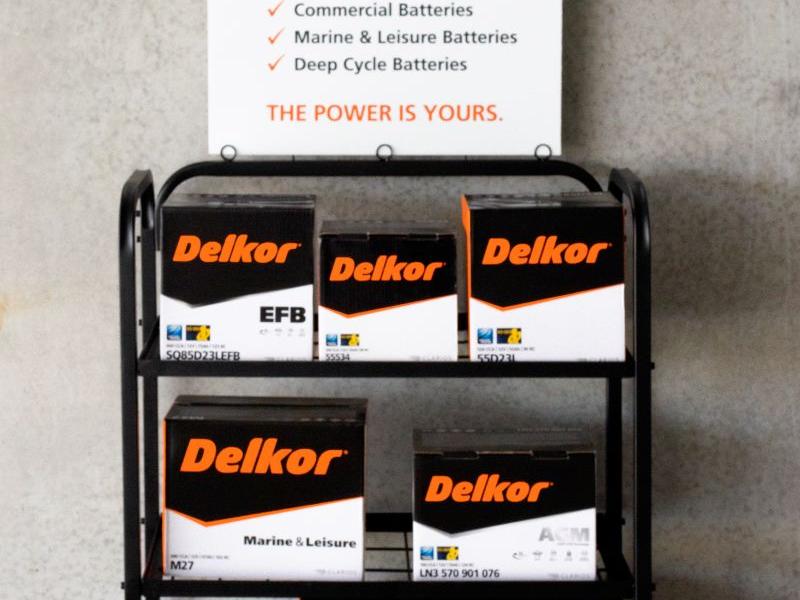Identifying the correct disc brake pads and other braking system components for your vehicle, should be a straightforward process when you know the year and model of the car. The truth is though, that depending on the make and model, and its year of manufacture, there could be several possibilities.
There’s nothing worse than ordering stock and then receiving parts that aren’t compatible, causing delays, vehicle downtime and inconvenience.
The cause of the problem is quite simple. Often manufacturers can change brake designs and specification mid-model or offer upgraded brake specifications, depending on whether the car features a performance package or is simply a higher spec variant. For some models, there could be up to six different braking options available.
Many of the Volkswagen Group Brands including Volkswagen, Audi, Seat and Skoda, have made it easier to identify the correct brake parts for individual vehicles by introducing production codes (PR codes), which were introduced in 1999.
Similar to a VIN, the PR code is also unique to each vehicle and identifies each piece of equipment installed to the vehicle; normally the code comprises of three characters using a mix of letters and numbers.
PR codes are written on decals at several locations on the car depending on its make and model. The first place to look though, is in the front pages of the vehicle’s service/maintenance booklet or owner’s manual.
Additionally, the relevant PR codes decal can also be found in the boot under the carpet at the spare wheel well. If in doubt, contact the manufacturer or local dealership.
Using PR codes when ordering braking components removes any guesswork and is a failsafe way of getting the correct components for your car.
For more information free call the Bendix Brake Advice Centre on +61 3 5327 0211 from overseas (8am-5pm Monday to Friday EST), email us at: brakeadvicecentre@bendix.com.au or visit our website www.bendix.com.au






